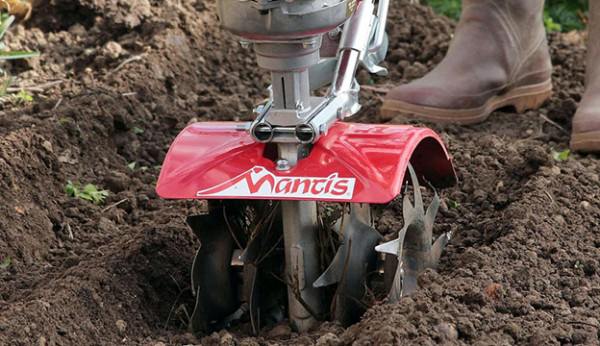
Not a week goes by that a farmer doesn’t lament, “If I only had that tractor (or tiller, wagon or other piece of equipment), farming would be easier.” Looking at the price tag, you might be able to afford a particular piece of machinery, but there is more to consider when accounting for the true cost of the equipment.
The initial purchase price is the largest lump sum, but you’ll also want to look at the time, labor and stress this tool will save; the income return for the expense; the time and expense lost on training for and transitioning to this tool; the lifespan of the tool; and the input expense, maintenance time and maintenance expense required over the lifespan of the tool.
“A key question that should be considered before acquiring equipment is whether the farm operator has the ability, tools and extra labor required to operate the equipment properly and to maintain it in efficient and reliable condition,” says Alan Miller, farm business management specialist in the Agricultural Economics Department at Purdue University. “Custom-hiring machine operations may be a better alternative if the answer is no. Or a plan of action will need to be implemented to acquire the needed skills.”
In short, if you can already handle driving a front-end loader, you’ll have a small learning curve for a new-to-you loader. If you’ve never operated one before, your learning curve will be larger and you could also face repair costs for the equipment and your property if your learning curve were to go terribly south.
Question Your Motives
If you’re considering an equipment purchase, Miller suggests you evaluate the purchase with the following questions:
- Is the purchase feasible? If you don’t have cash to finance the purchase up front, you need to have income in place to repay a loan on the piece of equipment.
- Is buying necessary? Sometimes there are other ways to acquire equipment that don’t require ownership. Renting the machinery or hiring someone who already owns it to do the work are two options.
- What is my opportunity cost? Think about what purchases you won’t be able to make if you buy this tool. You might have other, better ways to spend your money, either on the farm or homestead. “The purchase of equipment competes against these other potential uses for a family’s resources,” Miller says
- How will the tool help me meet farm goals? “How does it fit with my business plan, if I have one? What am I trying to accomplish by acquiring the equipment? Is the equipment acquisition really a need in terms of being critically important to the success of my farming activities, or is it merely a want?” Miller says.
These questions can take the wind out of many equipment-dream sails, but they’re critical to making a smart purchase.
Price You Pay for Ownership
If a purchase still appears to be the right decision, look at your potential owning and operating costs.
“Operating costs will include fuel and labor or the operator’s time,” Miller explains. Remember these costs easily using the acronym DIRTI: depreciation, interest on capital, repairs, property taxes and insurance.
“Since equipment will provide services that will provide benefits over a number of years, costs must be allocated over the useful lives of equipment,” Miller continues. “Depreciation is a way of allocating the initial purchase price over multiple years.”
There are different means of determining depreciation of your farm equipment. Deciding which method is smartest for you is a conversation for you and your accountant or tax professional.
Ownership costs will vary between pieces of equipment and between individual farming situations, so it’s hard to predict exact numbers. You can get ballpark figures with comprehensive tools developed by William Lazarus, PhD, professor and extension economist in the University of Minnesota Department of Applied Economics.
- The Machinery Repair Cost Calculator estimates repair costs per year and per hour or per acre for tractors, combines and implements based on their age, their use and the cost of a new machine.
- The Machinery Cost Calculator asks you to input many details about the equipment—interest rate, fuel cost, equipment age, hours of use, et cetera—and calculates ownership cost, fuel and lube, and repairs and maintenance, plus total costs per acre and per hour.
In addition to these hard-and-fast numbers, it’s up to you to take into consideration the stress of learning to use the equipment and the effort you’ll save by owning the equipment. These intangible details are harder to quantify.
Taking into account the full cost of the equipment you have your eye on will reduce the financial surprises down the road and help you make the right decision for your farm.




